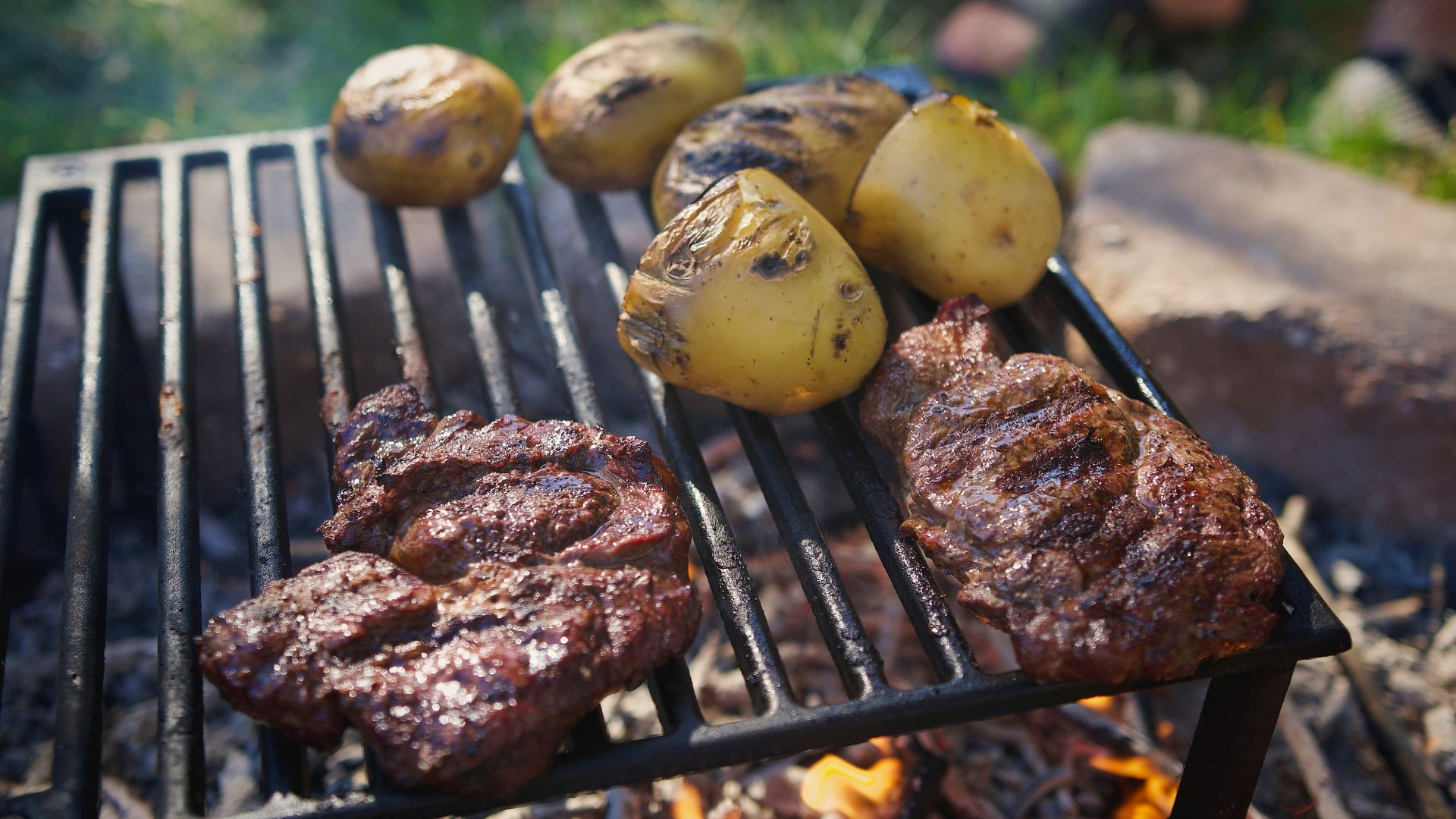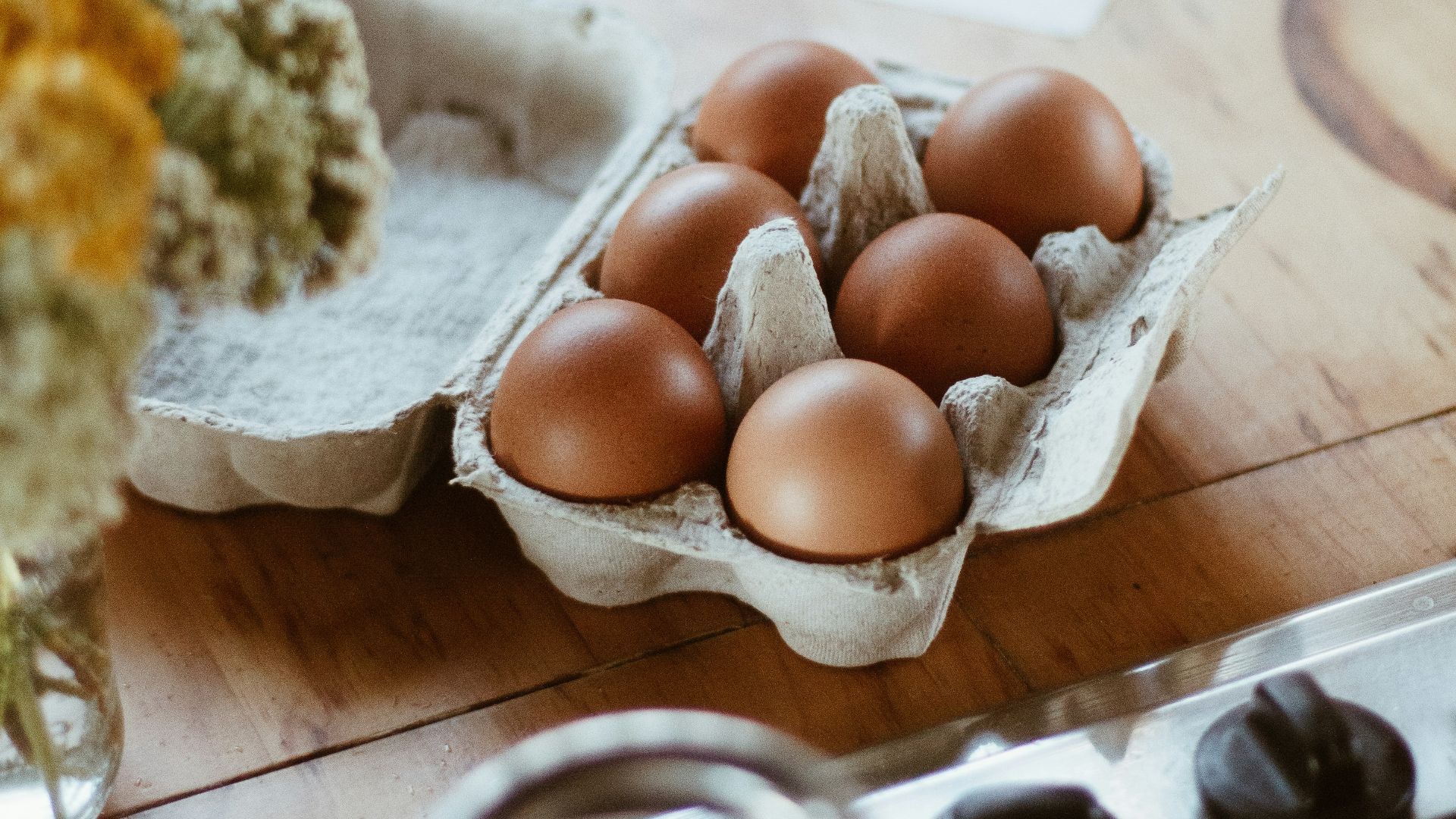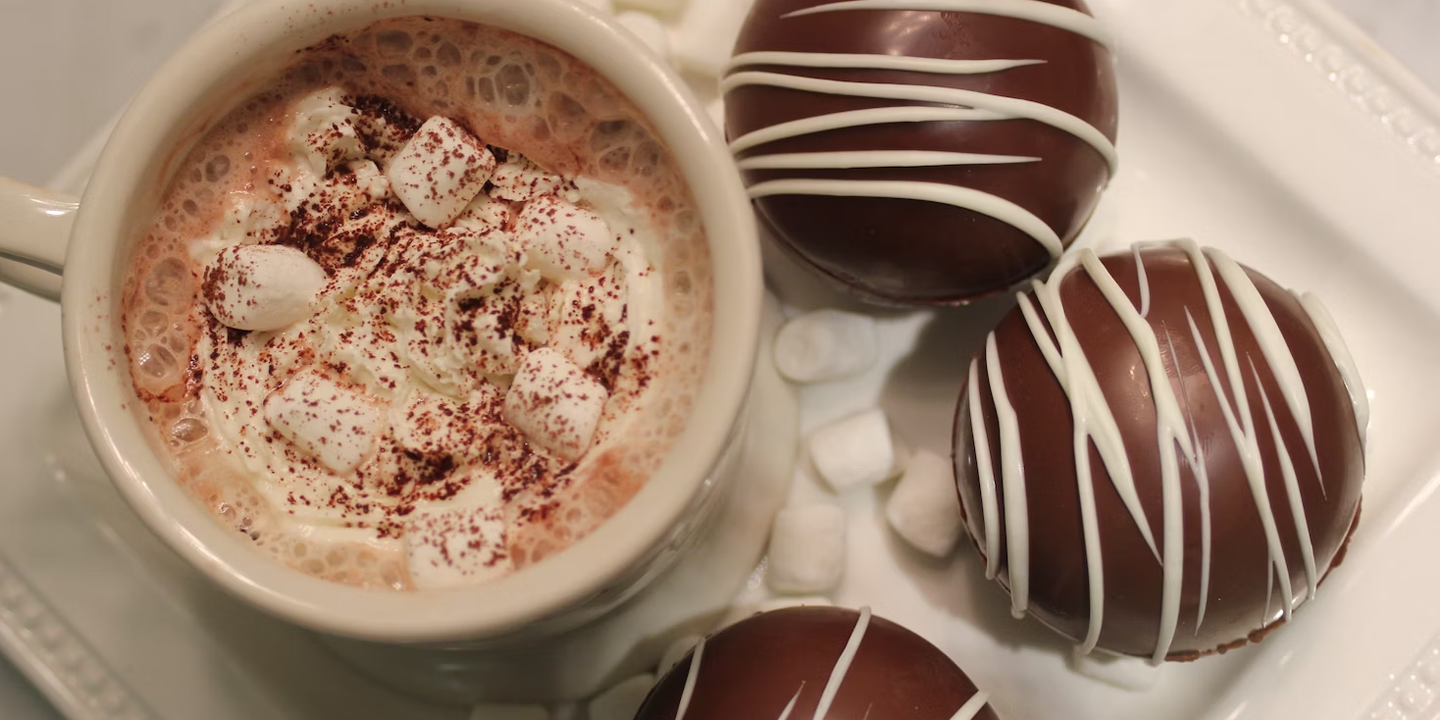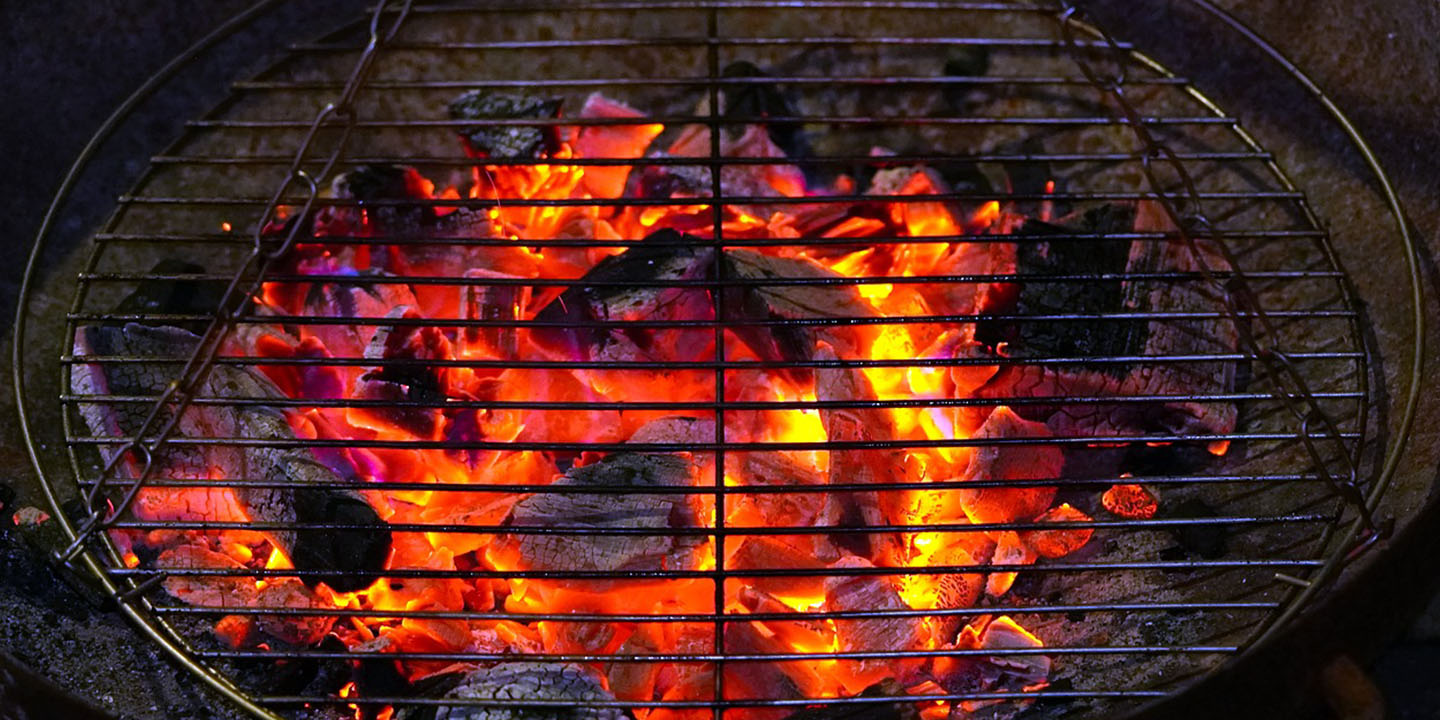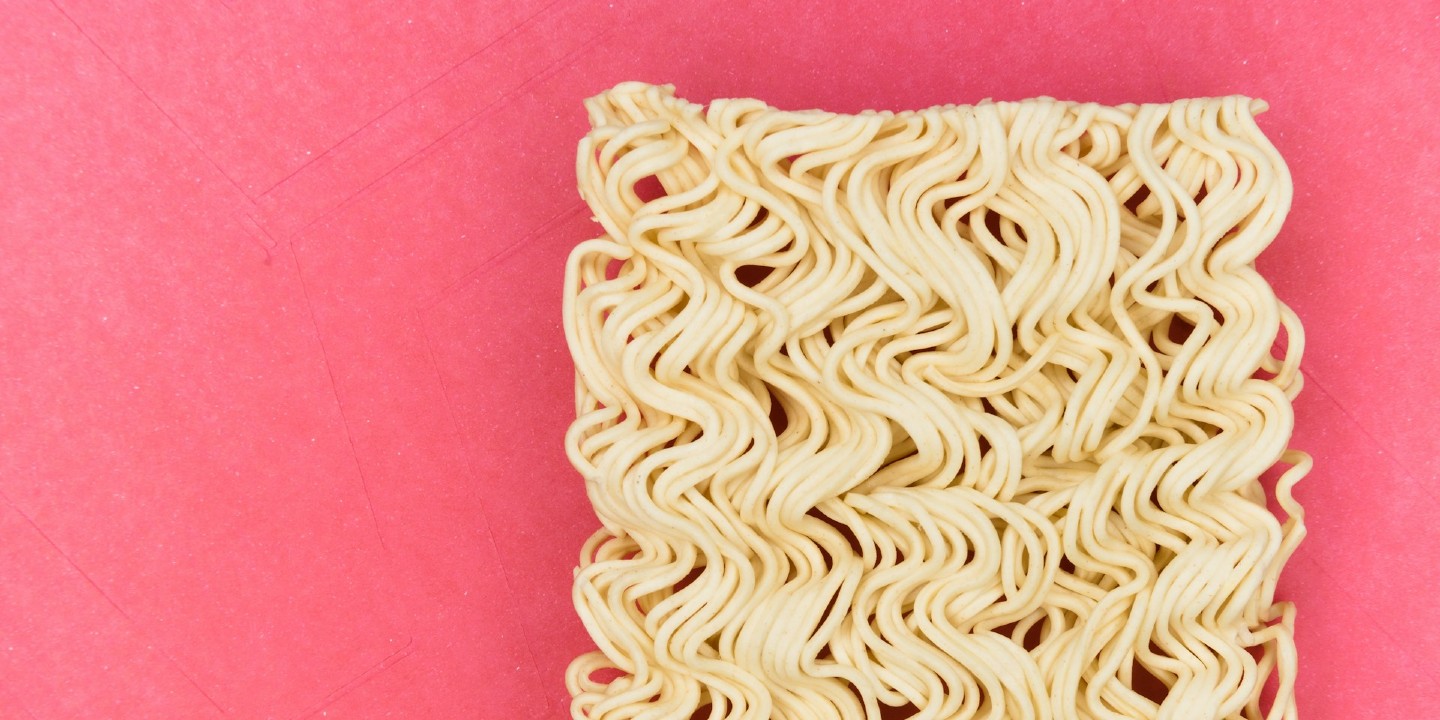Flavors Lost To Fire
A kitchen slip-up doesn’t always show up as smoke—it’s often a matter of timing. Yes, a few extra minutes can turn something mouthwatering into a chewy, joyless mess. You think you’re enhancing dinner, but your skillet’s working sabotage. Heat may bring out the flavor, but too much? That’s betrayal. Let’s take a bite of 20 surprising foods that lose all their charm once the flame stays on too long.
1. Broccoli
Broccoli’s vibrant crunch disappears fast once it crosses 212°F. The cell walls break down and leave a limp, sulfuric mess. In fact, more than half of its vitamin C gets destroyed. Glucosinolates also degrade under high heat and cause a harsh odor that people mistake for spoiled food.
2. Salmon
Beyond 140°F, albumin oozes out and forms a white coating, signaling dryness. According to FDA guidelines, it should stay medium to preserve texture. High heat even depletes omega-3s and reduces moisture. So, overcooking leaves it chalky, not richer in flavor.
3. Steak
Push steak too far, and it turns into leather. Protein coagulation tightens muscle fibers, especially in well-done cuts. The Beef Checkoff Program links gray banding to overcooking—a sure sign it’s gone too long. Juices evaporate, and what is left is a tough, dry bite that no sauce can rescue.
4. Eggs
Eggs don’t hide their resentment. Go above 170°F, and the yolks turn green due to an iron-sulfur reaction. Whites also go rubbery from protein overfirming. USDA notes dishes above 160°F may give off a strong sulfur odor, which is anything but appetizing. Although nutrients hold steady, texture and appeal vanish fast.
5. Chicken Breast
Crossing 165°F doesn’t just ensure safety—it drains the joy out of chicken breast. Muscle fibers contract and squeeze out moisture, and it becomes a dry chew. Fluid loss can reach up to 30%. The end result is white, stringy meat with the texture of packing foam.
6. Shrimp
Cooked just right, they curl into a “C” but go too far, and they tighten into a firm “O.” At 145°F, their muscle fibers contract, creating a bouncy texture. Since crustacean proteins denature faster than red meat, moisture escapes quickly and strips away their natural sweetness.
7. Brussels Sprouts
Brussels sprouts can be bitter if boiled for too long. Ten minutes of heat breaks down sinigrin, a compound linked to bitter flavors. Folate content also drops by up to 63%, per LWT – Food Science and Technology (2023). Then, the mushy texture and an aggressive sulfur smell finish the damage.
8. Asparagus
When overdone, asparagus quickly loses its appeal. This is because chlorophyll breaks down past 180°F, which turns the spears dull and lifeless. After 5–7 minutes, even that signature snap fades. Lignin stiffens into stringy fibers, while water-soluble vitamins like folate begin to vanish.
 Christine Siracusa on Unsplash
Christine Siracusa on Unsplash
9. Rice
Rice goes wrong fast under too much heat. The grains burst and release starch, creating a gluey mess. MDPI Foods (2025) notes that overcooked rice can also spike its glycemic index. B vitamins leach out during prolonged boiling, resulting in lower nutrition and a gummy, bland texture.
10. Pasta
Boiling pasta past its sweet spot ruins everything. Al dente noodles have a 40% lower glycemic index, but overcooking boosts starch leakage. Past the 12–14 minute mark, the structure collapses, and they become a soggy tangle. What should've had bite and bounce now tastes like bland mush.
11. Garlic
Garlic isn’t forgiving once browned beyond 375°F. Alliin breaks down into acrid compounds that overwhelm the dish’s flavor. In fact, burnt garlic’s bitterness is sharp enough to ruin even subtle sauces. High-heat sauteing also destroys allicin, the antimicrobial compound responsible for garlic’s health benefits and distinct bite.
12. Liver
Iron oxidation turns liver grainy and dry if overcooked. The ideal internal temperature is 160°F—beyond that, its tender texture vanishes. Vitamin A content diminishes rapidly under high heat, while a metallic taste takes over as moisture evaporates. Richness slips out the back, and what’s left clings with the weight of rust.
13. Tofu
Tofu starts out silky but turns stiff when overcooked. Fry it too long, and it goes oddly chewy—almost rubbery. Protein structure changes kick in between 170°F and 212°F. If it’s been pressed too much beforehand, forget tenderness—you're left with a dense, joyless block.
14. Cauliflower
Boiling cauliflower longer than recommended releases harsh sulfur notes. Steaming past ten minutes also creates a strong odor while turning the florets into bland mush. Vitamin C loss exceeds 50% during overcooking. That once-crunchy texture becomes a pale imitation of what it should be.
15. Green Beans
These lose their vivid color as chlorophyll fades. They become olive-toned. Beyond seven minutes on the stove, even their snap disappears, replaced by limp and squeaky bites. Prolonged boiling also depletes vitamins B2 and B6. And they go from crisp and vibrant to flat-tasting.
16. Scallops
Delicate scallops should be cooked to a temperature between 130°F and 140°F. Anything higher, and the fibers shrink. The result is a stretchy texture. Their subtle sweetness also goes off with the moisture, and that fine browning can suddenly turn to burnt moosh at high heat. Plus, overdone scallops go dry in seconds, not minutes.
17. Mushrooms
Mushrooms are mostly water—over 90%—and lose it fast. So, over-sauteing makes them slimy on the outside and shriveled within. Their signature umami flavor diminishes if they’re left on high heat for too long. Above 400°F, they become burned. The much-loved complexity is replaced with bitterness.
18. Zucchini
The maximum heat you can cook zucchini on is 180°F. If you go above that, it becomes mushy as its cell walls collapse. What’s left is a limp strip with bland flavor and wiry texture. Beta-carotene, its plant pigment, also starts breaking down, which reduces both nutrition and appeal.
19. Quinoa
Too much time in the pot, and it lacks its signature “pop.” Overboiling makes the grains bitter and sticky, especially if water isn’t measured correctly. Saponins help with flavor when rinsed, but texture is still key. Prolonged cooking also leaches minerals like magnesium, according to the USDA.
 we-o_rd35ghczdq1090c5m on Pixabay
we-o_rd35ghczdq1090c5m on Pixabay
20. Turkey
Turkey demands precision. White meat dries out at 170°F, while dark meat turns flat. USDA recommends pulling the bird between 160°F and 165°F to preserve moisture. Overdoing it dulls its layered flavor and leaves you chewing instead of savoring, especially in breast cuts with less fat.


